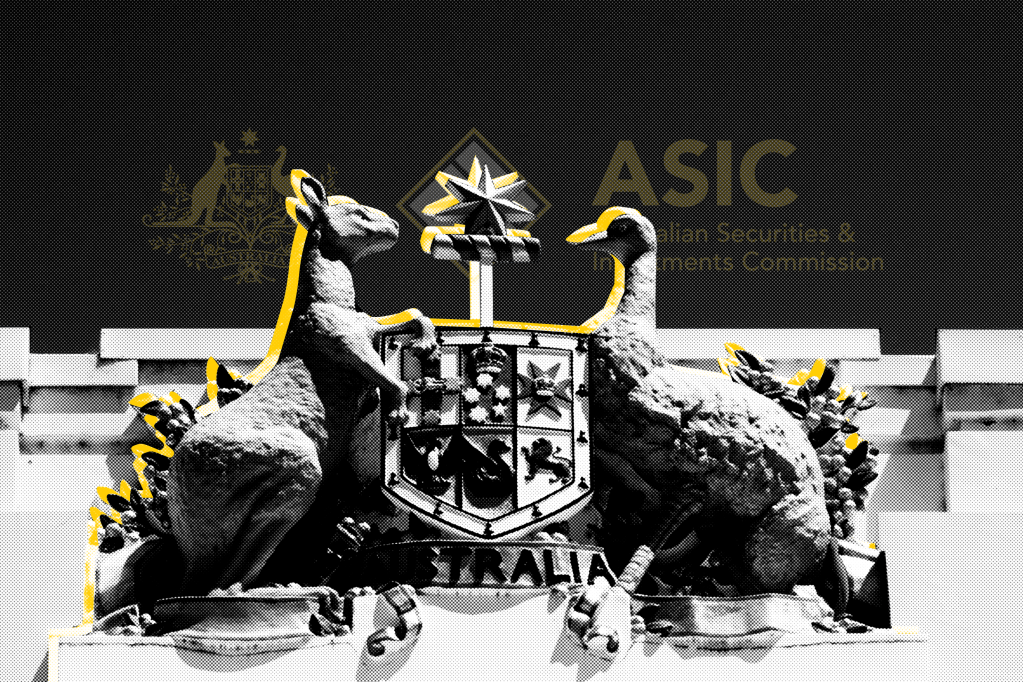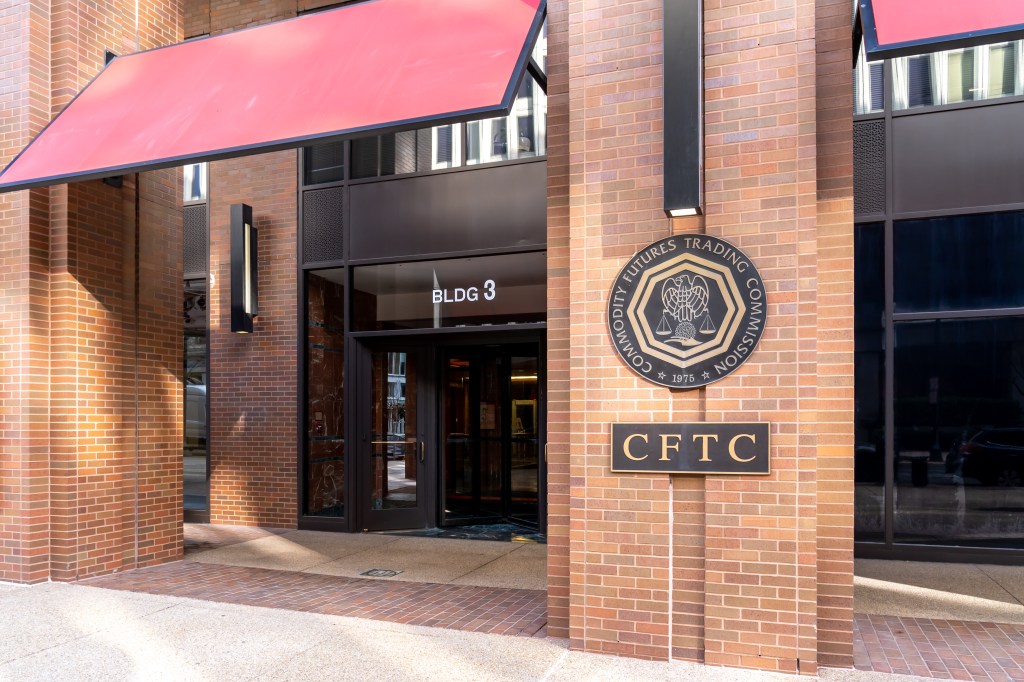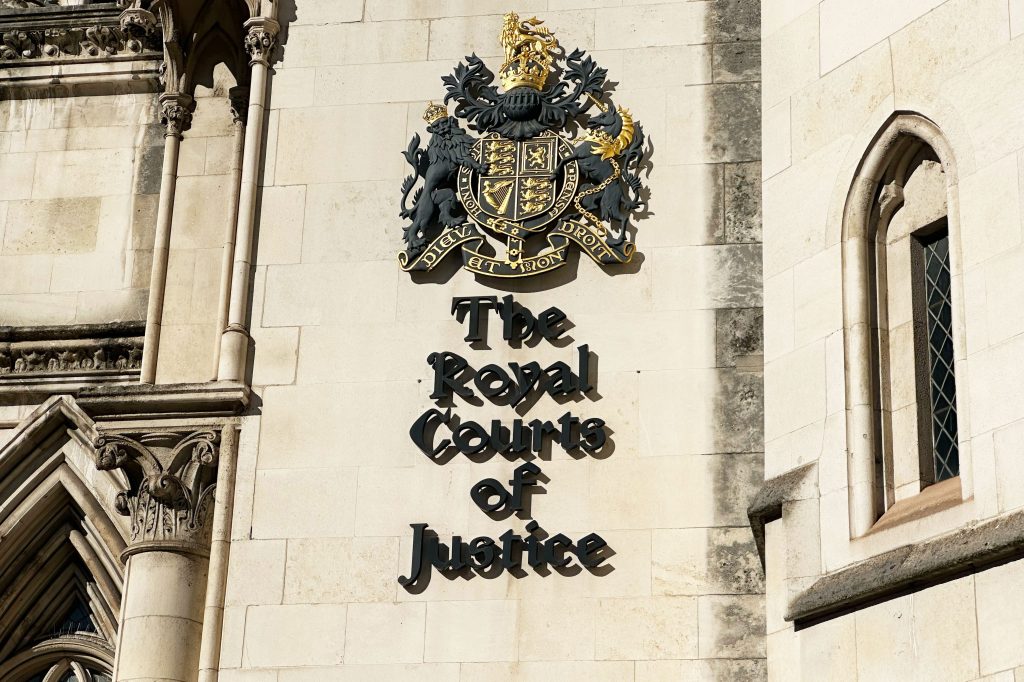On May 20, the UK’s Prudential Regulation Authority (PRA) published a Policy Statement (PS6/25) giving feedback on consultation paper CP11/24 published in July last year. PS6/25 contains the PRA’s final rules and policy on its approach to branch and subsidiary supervision.
What changes has the PRA made in PS6/25 to
Register for free to keep reading.
To continue reading this article and unlock full access to GRIP, register now. You’ll enjoy free access to all content until our subscription service launches in early 2026.
- Unlimited access to industry insights
- Stay on top of key rules and regulatory changes with our Rules Navigator
- Ad-free experience with no distractions
- Regular podcasts from trusted external experts
- Fresh compliance and regulatory content every day
















